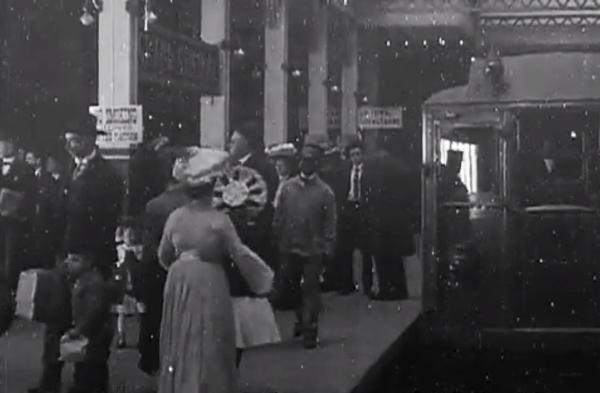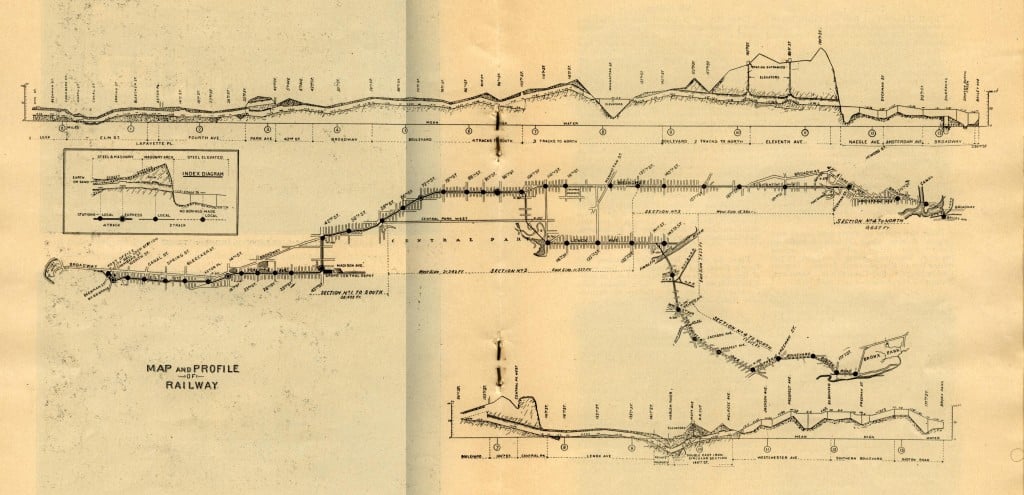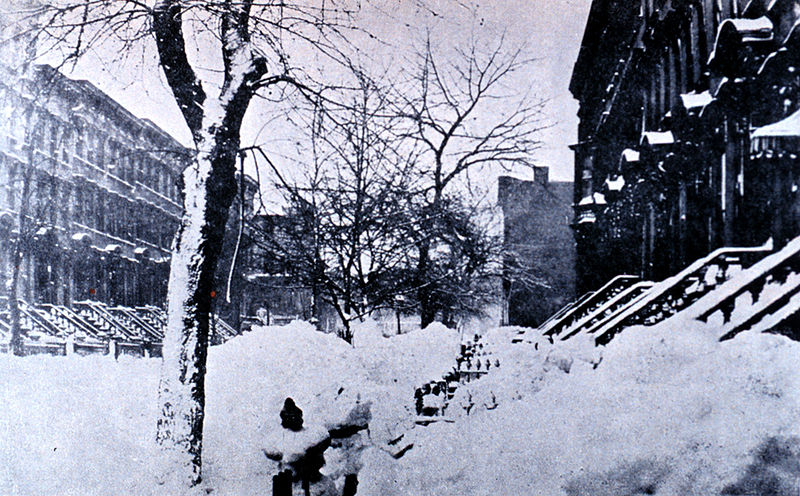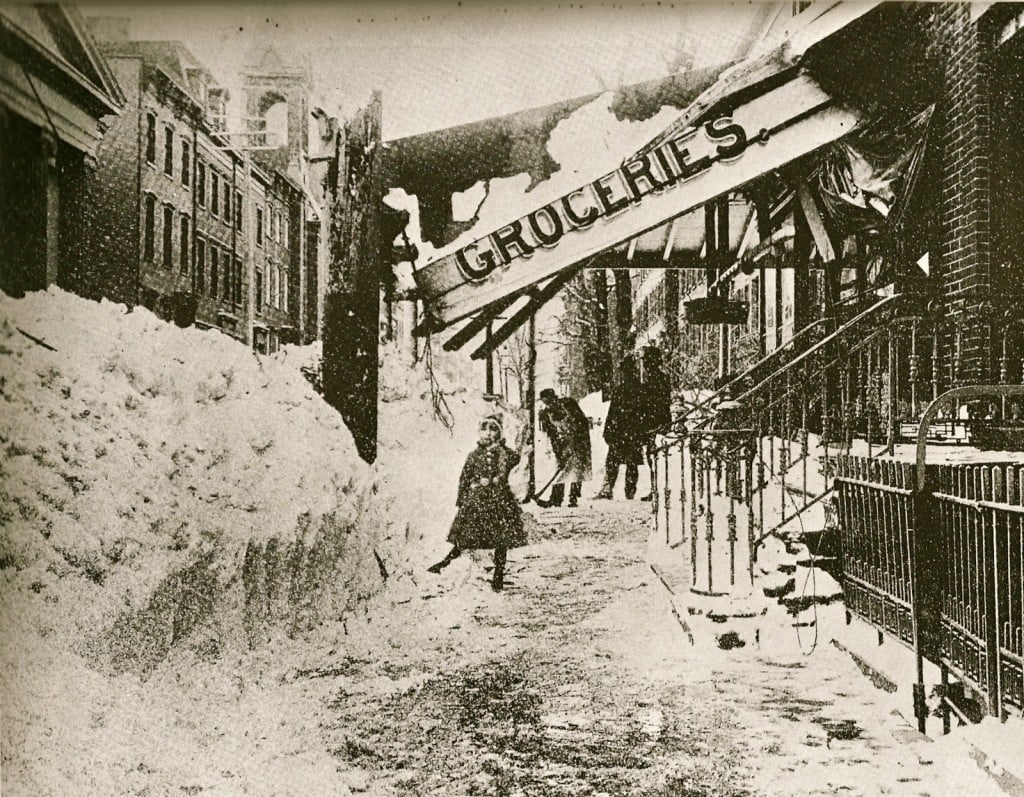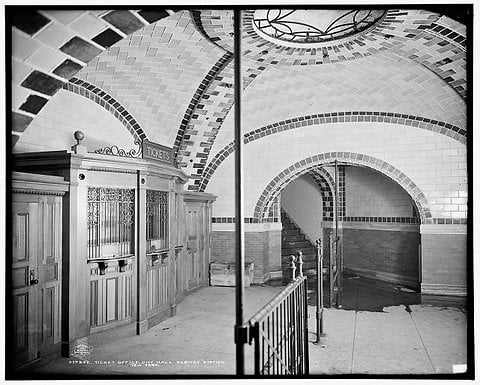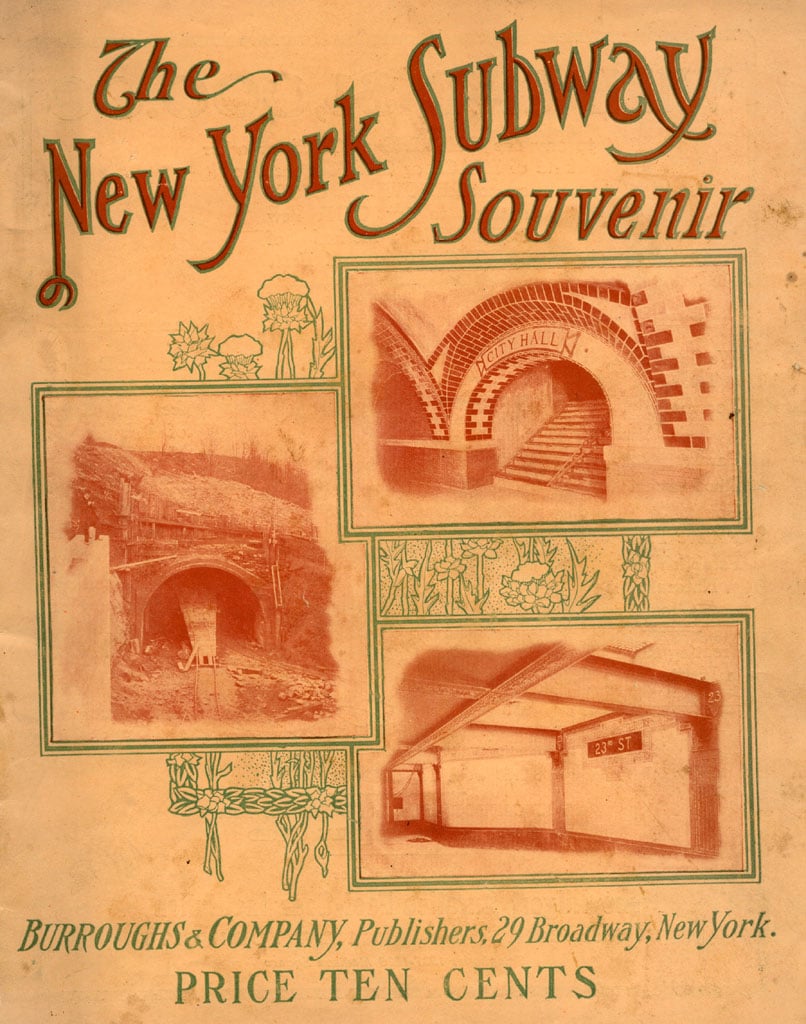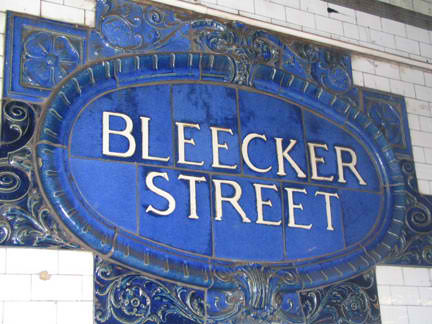Blog Archive
On This Day: 1904, First Underground Subway
A few months ago, we blogged about the first elevated trains in New York City, but today we’re headed underground. On October 27th, 1904, the IRT or Interborough Rapid Transit Company, opened 9.1-miles of underground subway line, a first in New York! The train line had 28 stations, which ran north from City Hall to Grand Central Station, then west to a what was a sleepy neighborhood recently renamed Times Square (The New York Times building had just moved its headquarters to what is now 1 Times Square), and up the west side to 145th Street and Broadway.
The underground subway that we know and love (though admittedly sometimes we have other, less fuzzy, feelings towards it) might never have happened had it not been for the Great Blizzard of 1888. The Great Blizzard was one of the worst snowstorms to every hit the United States – a vicious day and half long March Nor’easter that dumped 22 inches of snow on New York City, leading to a reported 52 foot snowdrift in Gravesend Brooklyn.
The wind in the city reached 40 mph. Anyone who has ever tried to take an elevated train during a snowstorm can imagine how the elevated train service across the city screeched to a halt. Rail transport in and out of the city was disabled for days – it took more than a week to clear the snow from the New York-New Haven station in Westport, Connecticut. Downed telegraph wires cut off New York City from cities from Washington DC to Montreal. Fire trucks were immobilized and fire caused an estimated 25 million dollars’ worth of damage. Large parts of Brooklyn flooded from the melting snow.
After “The Great White Hurricane,” city engineers began to bury telegraph and telephone wires under the street to keep them safe from snow and wind, and with it, the public transportation. A mere 35 years after the first elevated train service opened, the Subway was born. The New York Times wrote of the opening, “For the first time in his life Father Knickerbocker went underground yesterday; went underground, he and his children, to the number of 150,000, amid the tooting of whistles and the firing of salutes, for a first ride in a subway which for years had been scoffed at as an impossibility.”
Mayor George McCellan used a solid silver lever (which is on view at the New York Historical Society) to start the first car, and was supposed to simply start the machine, but the Mayor liked the train so much that he insisted on driving it all the way up to Harlem (faster than it was intended), where he finally relinquished the controls. The subway opened to the public at 7 pm that night, and by morning, 110,000 people had given the new system a try. Check out this film of the subway 7 months after its opening!
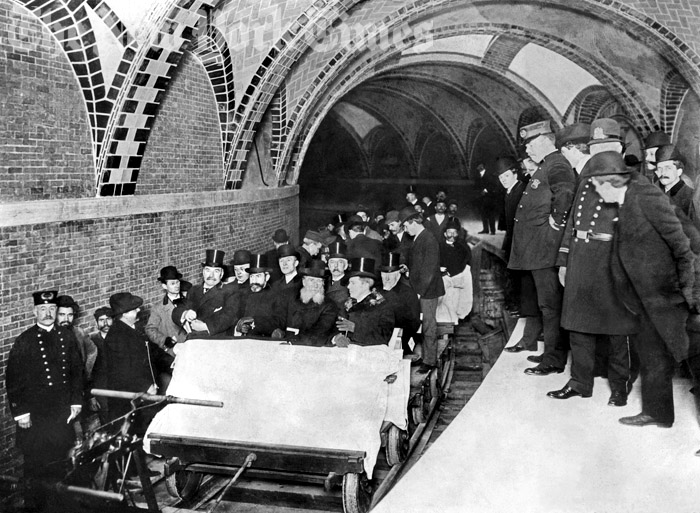
The first subway ride - Mayor George B. McClellan is in the first row on the far right. Photo courtesy of the New York Times.
On the night of October 27th, first-time-passengers could purchase souvenir booklets detailing the history of the subway in New York City for 10 cents. Here is how the booklet described the “Story of the Subway”: “In the good old days it was necessary to call upon the lady with the magic wand for the attainment of any gift out of reach. To-day, we still seek our good fairy, but her name is Enterprise, and her wand is tipped with Gold.” I’m not 100% sure what that means, but the subway did certainly change the way New Yorkers got to and from work and home, and opened the city, making commuting from the outer boroughs much more feasible for people.
While the subway certainly has changed, and changed the city, over 109 years, if you look up from your magazine or phone on your next ride, you can still see some remnants of the old system in the tight turns of Lower Manhattan stations or the ornate tile work in the Bleecker Street station.
As with most history in New York City, we simply need to look closely to see it.
-Posted by Lib Tietjen
